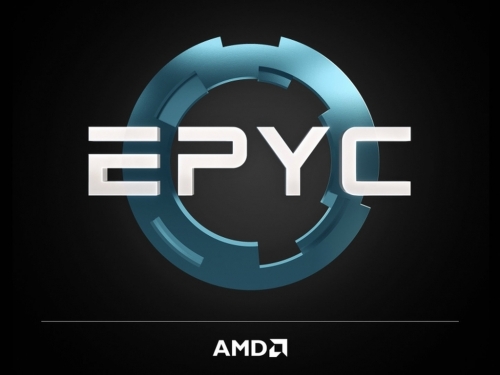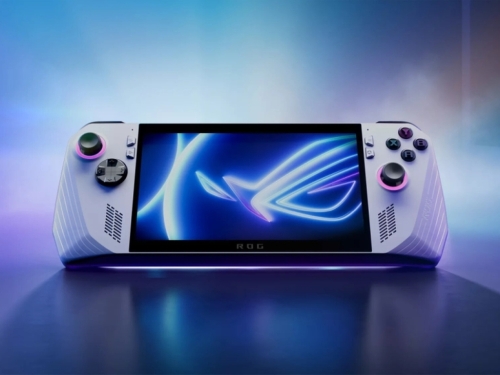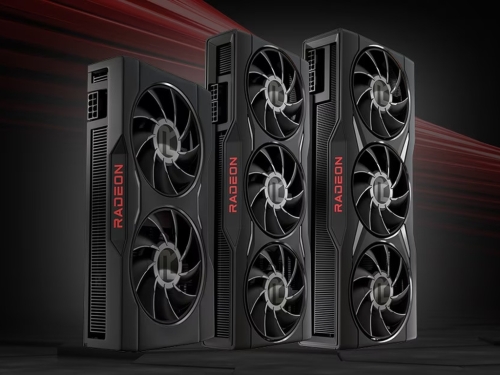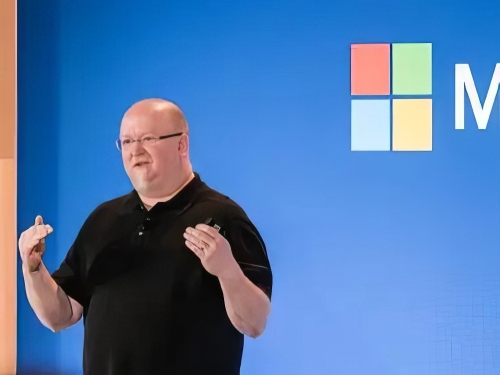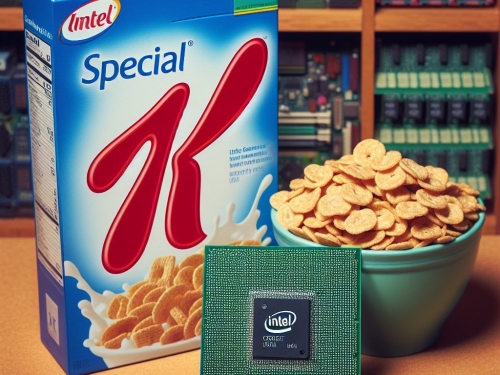In 2019, Scott fired off a four-page missive to CEO Satya Nadella and co-founder Bill Gates titled "thoughts on OpenAI," voicing his worry that Microsoft was seriously lagging in the AI stakes.
While this was true, ChatGPT was still a good four years from hitting the public, but even so, Scott clocked that OpenAI and Google were leaps and bounds ahead in AI development.
"The thing that's interesting about what OpenAI, DeepMind, and Google Brain are doing is the scale of their ambition," Scott wrote. This email, now mostly blacked out, popped up during the Justice Department's antitrust probe into Google and was first spilt by Business Insider.
In a significant move, Microsoft invested a substantial €1 billion (€930 million) in OpenAI, the very organization Scott had mentioned in his email. This was just the beginning, as Microsoft later poured at least another €10 billion (€9.3 billion) into the startup. This partnership between Microsoft and OpenAI, now as close as ever, is a testament to Microsoft's dedication to AI development and OpenAI's top-notch AI know-how.
In his email, Scott admits he got it wrong about what Google and OpenAI were up to with their AI projects. At the time, DeepMind, owned by Google, was trying to cobble together an AI that could play the Chinese board game Go, which Scott seems to be hinting at.
"I was highly dismissive of that," Scott scribbled. "That was a mistake."
Scott was gobsmacked at how Google and OpenAI had cobbled together a whole setup for their AI push. In the email, he's taken aback that Google and OpenAI had knocked up data centres, got hold of silicon chips, and whipped up programming frameworks to get all their work done, according to the email.
"When they took all of the infrastructure that they had built to build NLP [natural language processing] models that we couldn't easily replicate, I started to take things more seriously," Scott told Gates and Nadella.
Microsoft kept schtum when asked to chip in.
The rise of AI has made a lot of those resources hot property. AI needs a monstrous amount of computing grunt to both run and train the brains behind chatbots like Google's Bard and OpenAI's ChatGPT. Data centres have become all the rage, both as tech investments and as bricks-and-mortar assets, with the big investment firms jostling to get a piece of the action.
Silicon chips, or semiconductors, faced a shortage as companies tried to stockpile them, scared they'd run dry. Their clout is best shown by Nvidia's legendary share price rocket over the last year. AI models also needed a shedload of cloud computing, which outfits like Google and Microsoft have been splashing cash on for the past decade.
But in 2019, when he pinged off the email, Scott twigged how crucial all these infrastructure upgrades were for cooking up the sort of AI that's now run-of-the-mill. "As I dug in to try to understand where all of the capability gaps were between Google and us for model training, I got very, very worried," Scott said.
Scott mentions that back then, it took Microsoft about half a year to train one of its AI models because "our infrastructure wasn't up to the task."
Microsoft clocked that it was trailing behind its rivals in the number of boffins it had beavering away on machine learning and AI research. Since then, folks clued up in AI have been swamped with job offers (some with pay packets in the millions) from companies desperate to snap them up. The scramble to recruit AI whizzes has since spread to pretty much every industry out there.
According to Scott, Microsoft had some proper brainy machine-learning experts, but they were short on the right gear and manpower to make a real splash in deep learning, the tricky training methods used to whip up AI models. That meant their work dragged on longer than it should've, a bit of a worry with the AI arms race hotting up.
"We are multiple years behind the competition in terms of [machine learning] scale," Scott said.
Nadella seemed to take Scott's worries seriously. Nadella cc'ed chief financial officer Amy Hood and replied: This is "why I want us to do this."

